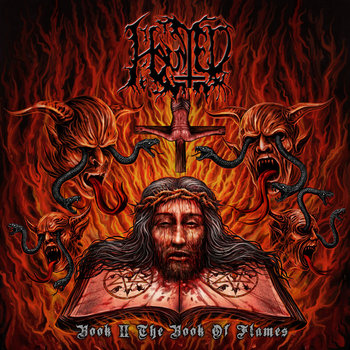
When DPRK forces crossed into the South in June 1950, the Truman administration believed that Stalin and Mao inspired this action, and key people in the administration accepted the worst case as a real possibility. An economic recession in the United States in 1949 led President Harry Truman to cut defense spending and to withdraw a proposed tax increase. Stalin withdrew most Soviet troops from the North earlier in 1948 but equipped the Democratic People’s Republic of Korea (DPRK) for war. The United States provided few heavy arms to its South Korean protectorate and pulled out most of its occupation forces in 1948. American leaders in 19 said that the US defense perimeter excluded Taiwan and the Republic of Korea (ROK). Not until war began did Washington see North Korea as a threat to peace and stability. The Truman administration believed that Stalin and Mao Zedong were close partners determined to spread communism. All the major powers from the late 1940s to the early 1950s were like blind people bumping into one another in a forest. Sometimes reality intrudes to challenge or reinforce those assumptions.

Taken together, these two books provide a top-down and bottom-up picture of terrible events that still haunt and ricochet in world affairs.Īctions derive from perceptions and hopes that produce beliefs or, at least, working assumptions. It is based on interviews and private papers as well as archival documents and reports by the South Korean Truth and Reconciliation Commission. Ghost Flames views the war as experienced by twenty individuals. B ased mainly on official documents and scholarly writings, fearing the Worst reviews the Korean War mainly from the perspective of governments.


 0 kommentar(er)
0 kommentar(er)
